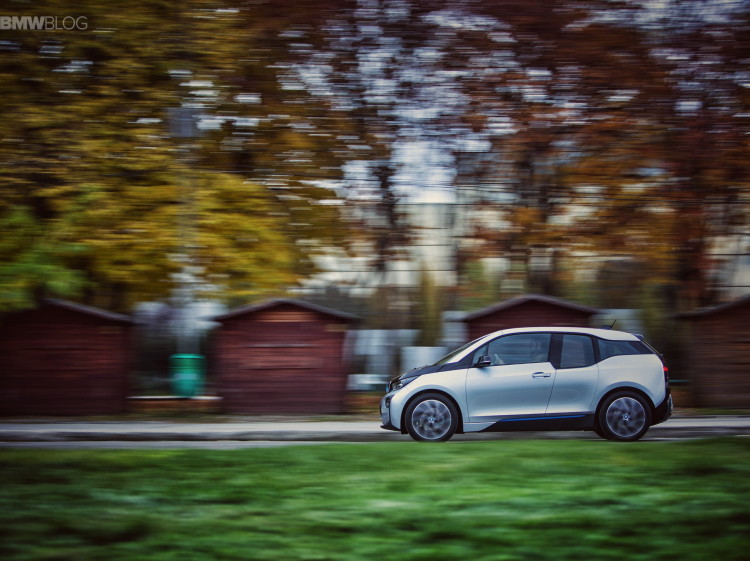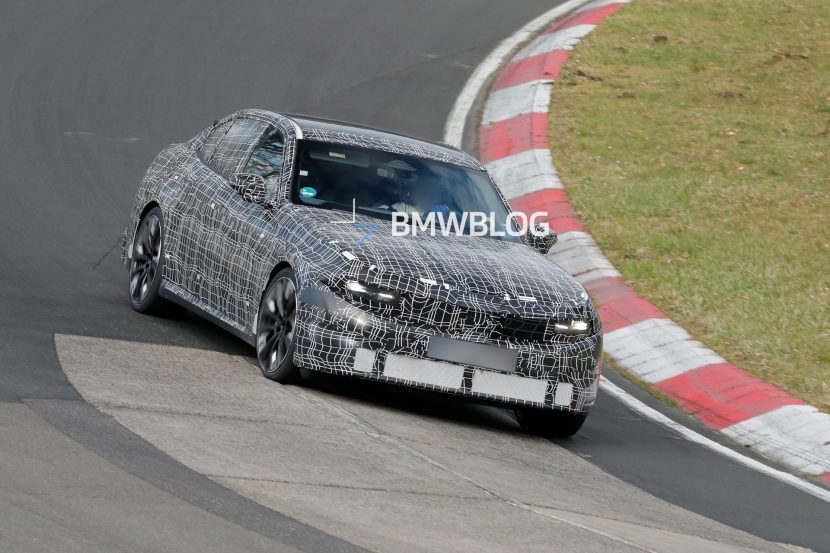Th BMW i3 tends to get a bit of flak from the EV community for having quite a low range in comparison to some of its key rivals. Tesla and Chevy Bolt fans will mock the i3’s pure BEV (Battery Electric Vehicle) range of around 80 miles, as it doesn’t even sniff at their cars’ 200-plus range. While the BMW i3’s range is incredibly inferior, in fairness, that’s not really the BMW i3’s goal. The i3 isn’t meant to be a commuting car or long distance cruiser, it’s meant to be a city car or a second car, a car for people who don’t drive every far. And you’d be surprised how many Americans fit into the latter category.
The BMW i3’s 80 mile range is actually far more than enough for most buyers, being that the average commute of the average American is less than half of that. But that hasn’t stopped the majority of BMW i3 buyers choosing the REx variant, with its gasoline range extender to help rid range-anxiety. In fact, BMW claims that almost 60 percent of i3 buyers choose the REx model. But BMW is trying to change this and get the i3 BEV to become the more popular model of the two.

To do so, BMW is increasing the range of the standard BEV BMW i3 from 81 to about 120 miles. That’s a significant bump in range, one that puts it way ahead of most Americans’ daily needs. While it’s still not the 200 mile Holy Grail of EV range, it’s almost 4-5 time what the average American would actually need. Adding the REx to this new i3 will bring the range up to about 160-180 miles, getting the i3 very close to that 200 mile range sweet spot.
However, the impressive part of this improvement is how BMW did it. BMW switched Samsung batteries that now have a much increased capacity. However, they aren’t any bigger or heavier at all, so they fit in the same battery tray, reducing costs, and their lack of added weight only increases the i3’s range even further. That’s the way to increase range, not just adding more batteries.
But will this increase in range bring in new buyers that may be less anxious over the i3’s range? We think so, actually. While 200 miles of range is the sweet spot that every automaker wants to hit, the 100 mile mark is very important as well. If a car can’t even go 100 miles on one charge, it looks pretty bad on paper. But if it tops 100 and even gets as far as 120, it’s going to look increasingly more attractive to buyers who are on the fence about the BMW i3 and EVs in general.
BMW will now be able to market the BMW i3 as an everyday car that can go some pretty far differences. Most i3 owners can typically charge their cars every 2-3 days, depending on use obviously. But a 120 mile range will extend that period even further, thus greatly reducing the range anxiety of i3 owners. Plus, a REx option will still exist, giving i3 REx owners a car that can do almost any trip.

Now, this new BMW i3 with its further range will cost more money than the previous i3. We haven’t heard exact pricing, but we think that the new i3 BEV will cost around the same as the outgoing i3 REx, giving a decent price hike across the board. However, the fact that the new i3 BEV will still be cheaper than the new REx variant and still get over 100 miles per charge, we think that BMW will be right in saying that BEV sales will increase REx says. There just doesn’t seem like there’s as much need for the REx anymore.
We think that there are a lot of potential BMW i3 buyers that are scared of and putt off by the car’s lack of at least a 100 mile range. But now that the range has been increased past 100 miles, it’s very likely that on-the-fence customers feel like the new i3 is worth buying.





































































